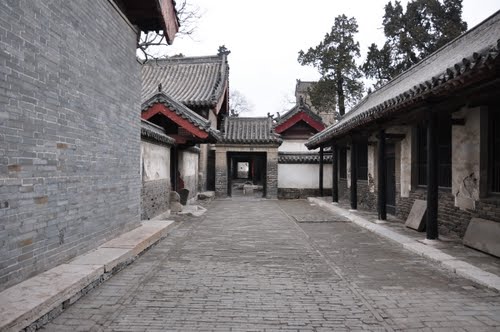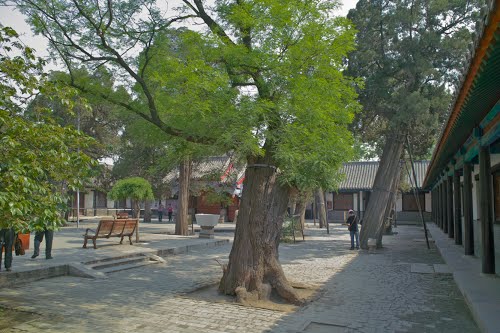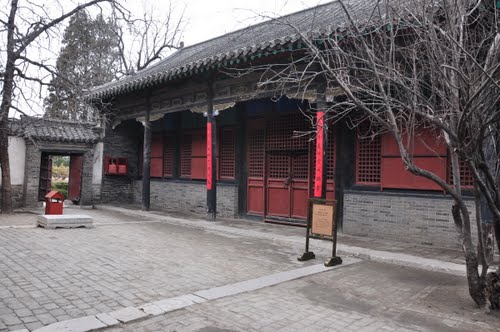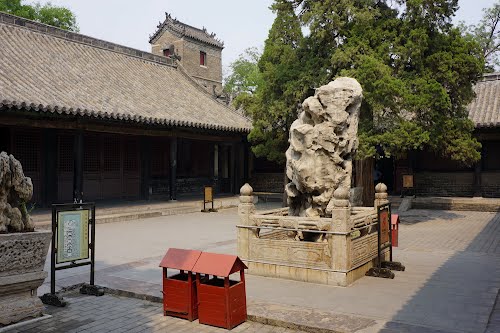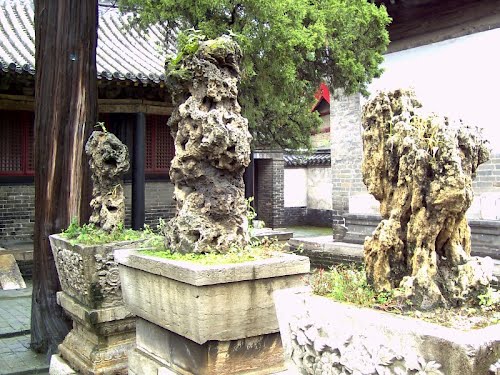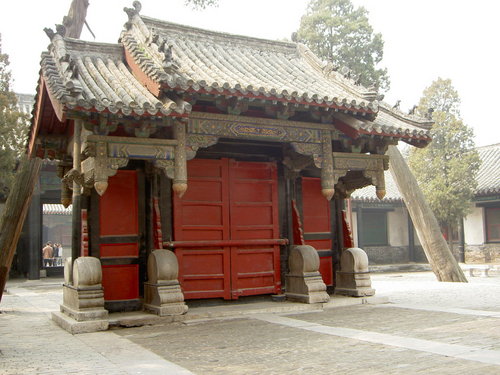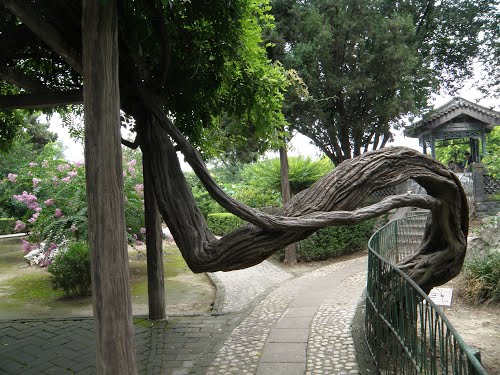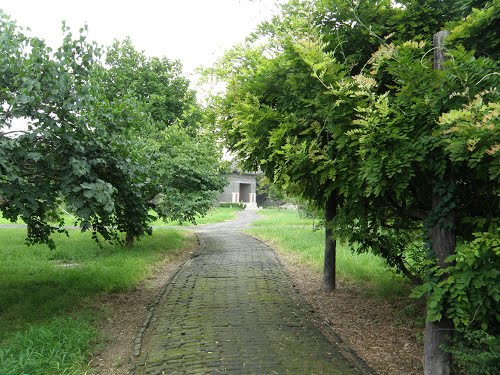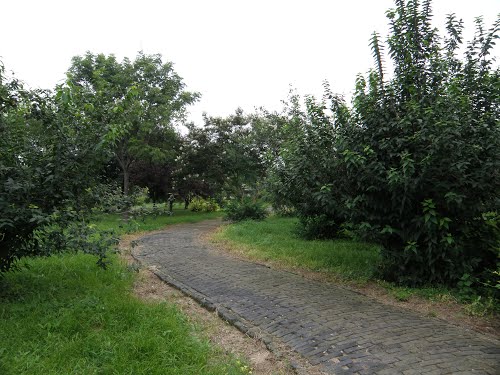The Kong Family Mansion was the historical residence of the direct descendants of Confucius in the City of Qufu, the hometown of Confucius in Shandong Province, China. The extant structures mainly date from the Ming and Qing dynasties. From the mansion, the family tended to the Confucian sites in Qufu and also governed the largest private rural estate in China. The Kong family was in charge of conducting elaborate religious ceremonies on occasions such as plantings, harvests, honoring the dead, and birthdays. Today, the mansion is a museum and part of the UNESCO World Heritage Site "Temple and Cemetery of Confucius and the Kong Family Mansion in Qufu".
History
The first mansion for the Kong family of the Duke Yansheng was built in 1038 during the Song Dynasty. In 1377, the mansion was relocated and rebuilt under orders of the first emperor of the Ming Dynasty. In 1503, during the reign of the Hongzhi Emperor, the complex was expanded into three rows of buildings with 560 rooms and - like the neighboring Confucius Temple - nine courtyards. During the Qing Dynasty, the mansion underwent a complete renovation in 1838 only to be damaged in a fire 48 years later that destroyed the women's quarters in 1886. Even during the fire, men did not dare to enter the women's part of the mansion to fight the fire, leading to greater damage to this portion of the mansion complex. The damaged portions of the mansion were rebuilt two years later, the cost of both these 19th-century renovations was covered by the emperor. Despite these later renovations, the Kong Family Mansion remains the best preserved Ming-era residential complex of its size. The last head of the Kong family to live in the mansion was Kong Decheng, the 77th generation descendant of Confucius. Kong Decheng fled to Chongqing because of the Second Sino-Japanese War in 1937. He did not return to Qufu but moved on to Taiwan during the Chinese Civil War.

